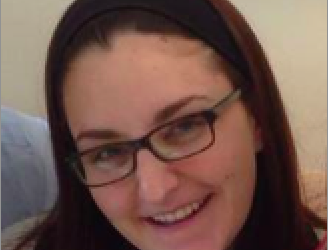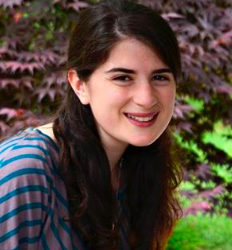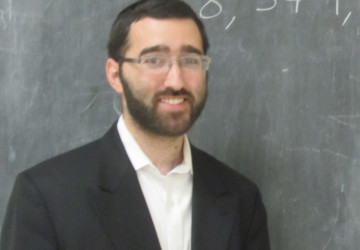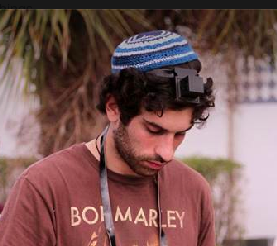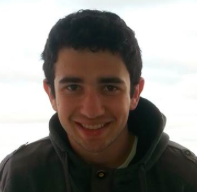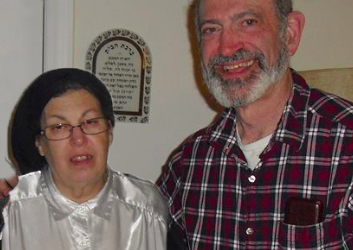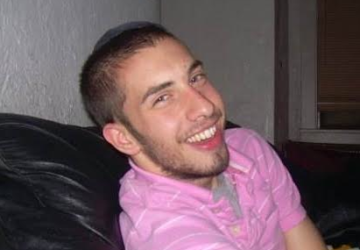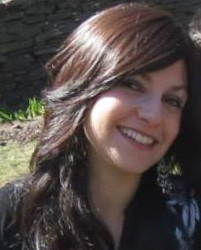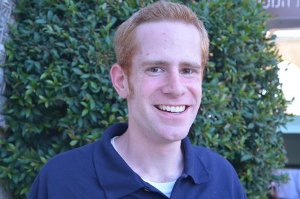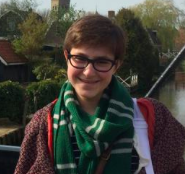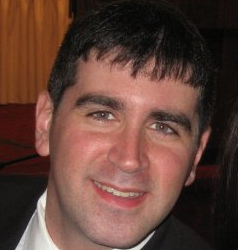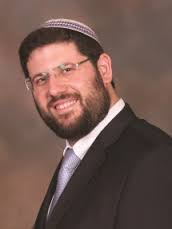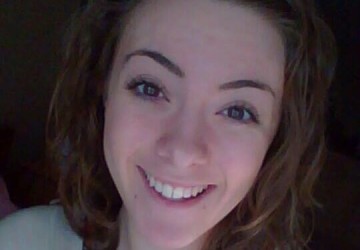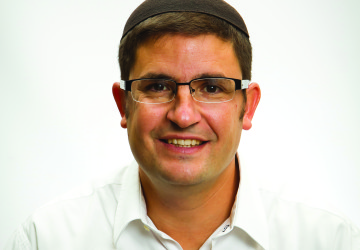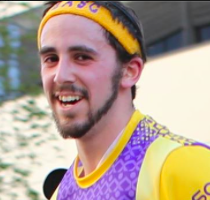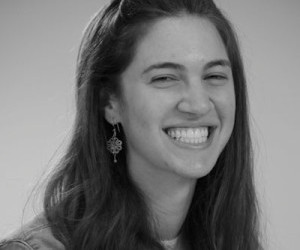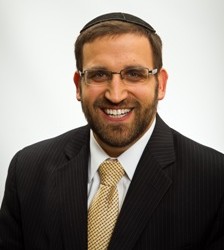Nominated and written by Sarah Comar, NCSYer
I grew up in an observant home with an observant community, but Shabbos was just another set of restrictive rules for me. At the last regional shabbaton, I met a girl who changed my life and the lives of everyone around her. Her name is Katie.
Her friend brought her to NCSY, so she knew one person, but not really anyone else. I met her right before licht benchen, so we went and lit candles together. I introduced myself and I invited her to sit with me during kabbalos shabbos. She said she didn’t know how to read Hebrew, so we set out on a hunt to find a transliterated siddur, which apparently, the staff forgot to bring on this convention.
We ended up sharing my siddur and sitting in the very front row. I tried to help her say the words of the prayers, but it was difficult for both of us, so I suggested we both just hum along. That sounds like no big deal, but this girl took that as an opportunity to pray from her heart. I usually daven from the siddur, but I realized that sometimes it’s better not to. Katie would have felt left out, I feared, and so both of us hummed almost the entire service.
In the middle, though, Katie whispered in my ear, “Why are the boys dancing, and not us?” And I said, “Yeah, why not us?”
So the two of us sitting in the front row of the shul were the only girls that stood up and danced. Then a few other joined in. Then everyone joined in. Katie’s urge to pray with her whole body and soul even if she didn’t know the words was so incredible that she inspired others to dance!
The next morning, she came down to breakfast in jeans looking upset. “I only brought one shabbos outfit,” she said. So we went back up to my room and I gave her a black skirt (and of course accessories from my willing roomates).
That whole shabbos, she got into every prayer, every session, every dvar torah. I have never seen someone devote themselves so much into getting the most out of one shabbos.
At ebbing, we sat together, and she started to cry when a rabbi told a story about how after a serious accident, at his first shabbos back at home, the hearing of shalom aleichem moved him to tears. Katie told me that she had never heard shalom aleichem in her home and that she probably never would. She could never do any of this stuff in her own house. I said through tears, “Shabbos is yours. If you want it, take it.”
Here I was, someone who just thought shabbos was not having my phone, encouraging my newest friend on that same subject. I was forced to think of what shabbos really meant to me, someone who’s had it her whole life, when trying to be there for a girl who’s never had shabbos before. I realized how special and important to me shabbos was, how lucky I was for being shomer shabbos, how much each ritual meant. Katie inspired me to CHOOSE shabbos.
At havdalah, I got a candle, and we shared it. Between tears and singing, I heard her say, “I want it.”
The next day, one of our activities was going to the mall. On the bus home from the mall, I saw Katie had a couple shopping bags. When I asked her what she bought, she grinned and showed me her new tznius skirt.
Tznius has only ever been for me something that I do because my community does it. I was so surprised and inspired by her trying on this mitzvah that must have seemed so foreign at first. I was then forced to rethink what tznius means to me.
That night, we had kumzitz. Katie and I sat next to each other. To the songs, Katie kept humming along. That’s when I started crying. Then people passed around the microphones and started sharing their own personal stories of inspiration from NCSY. Katie was sobbing by now. We must have looked ridiculous, but neither of us cared.
“I want it.”
After kumzitz, I talked to the rabbi to get her shabbos candles and matches. I gave them to her and she said, “I have no idea how I’m gonna do this, but I’ll figure it out!”
In the shabboses since then, she has gone through struggles with family members over lighting candles, but she lights them anyway. At her first shabbaton, Katie already learned that Nothing Can Stop You.
Now, every Friday when I bench licht, I think of Katie lighting her candles. I think of how I can make this shabbos matter so much like how Katie made that one shabbos at regional matter. I think of how mitzvos that are everyday to someone with my background can be so special to someone who is unfamiliar with them. I think of how lucky and proud I am to be religious. I remember the amazing, inspiring individual who is so determined in her mission to learn more and grow more in her Judaism.
Katie, thank you for teaching me what shabbos and Torah Judaism really mean to me.




